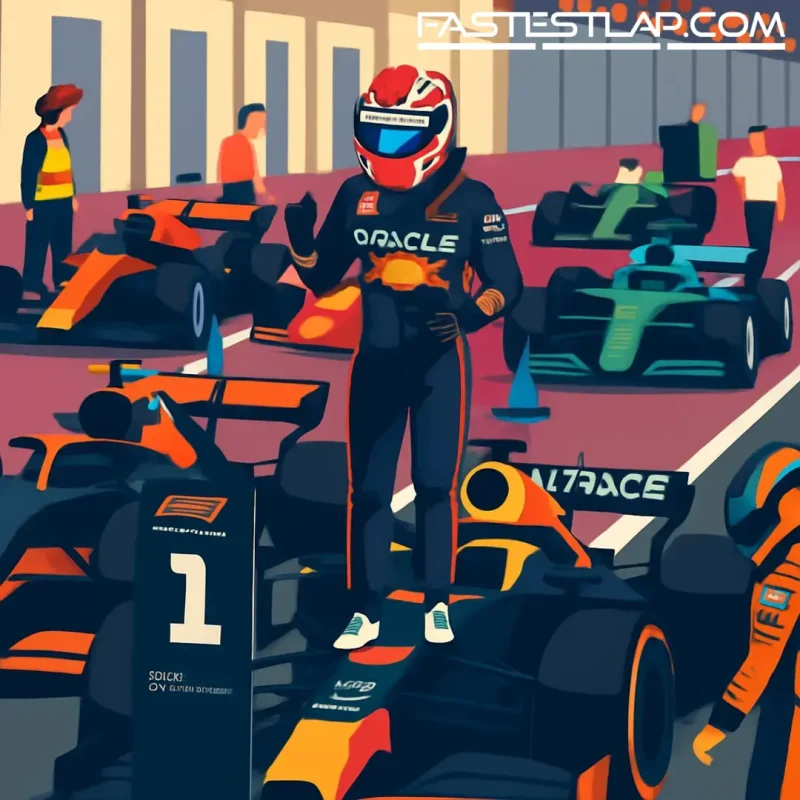Monza loves a myth-maker, and Max Verstappen just wrote a new one. The Red Bull driver scorched to pole for the Italian Grand Prix with a lap measured not in tenths but in history: 1:18.792 at an average of 264.682 km/h, officially the fastest lap ever recorded in Formula 1. He beat Lando Norris by 0.077s and, in the process, chalked up his 45th pole for Red Bull, moving past Sebastian Vettel for a new team benchmark.
What made it sting for McLaren was how cleanly it came together after a muted Friday. Verstappen had shadowed the pace through practice, then put his chips on a razor-thin, low-downforce package for qualifying. Not everyone inside Red Bull fancied that route—technical chief Pierre Wache was among those who thought a touch more rear wing would pay back—but Verstappen held his line. Before qualifying, he vetoed a late setup switch.
“Some people within the team wanted to try something else with the setup, but I said: ‘No, we shouldn’t do that,’” he explained. “I could still see a few people doubting that direction. But I just felt, this is what we need to do, and luckily it worked out.”
On the radio, it was more to the point: “Yes guys, yes! That is unbelievable… Relax, it’s all good.”
Helmut Marko, never shy with the superlatives, called it what he thinks it was: the work of a “driving genius.”
“Max gives his engineer very precise instructions on where and how hundredths and thousandths are still to be achieved. He then implements it flawlessly,” he told Sky Deutschland. “In the end, only a driving genius like him can do that.”
The lap didn’t just happen in sector three. Red Bull arrived with a new floor, refocused its Friday run plan and, by Marko’s telling, leaned into a more technical, data-first approach that’s being pushed from the top. The team fixed a nagging deficit in the first sector and trimmed the car for race day without surrendering a shot at pole—no small trick at Monza, where one step of downforce can make or break your weekend.
“We slightly changed our practice philosophy,” Marko said. “It was the best Friday we’ve had in a long time. We went for a balance with relatively low downforce for the race—since our top speed wasn’t outstanding—but still enough to fight for pole. And Max executed that brilliantly. In the last sector, he delivered again and found another tenth—which, nowadays, is a huge advantage.”
There’s also a nod to the new guard. Marko credited team boss Laurent Mekies with driving that revised Friday approach and sharpening communication across the garage. The mood music at Milton Keynes seems to be trending up, right down to Yuki Tsunoda sneaking into Q3 for P10—hardly headline stuff on a Verstappen pole day, but the sort of detail that makes engineers smile on Sunday morning.
The bigger question is tomorrow. On paper, this is Verstappen’s race to run from the front: clear air, tyre life to manage, and a car that looked easy on long runs. “When Max is at the front, he can manage his lap times and tyre management,” Marko said. “The long run on Friday was great. Therefore, I am optimistic.”
Still, Monza never quite lets you breathe. Norris has the car to tow, Ferrari has the crowd and the straight-line speed game is tight enough that any early Safety Car could turn strategy inside out. But if Saturday was a trust fall between driver and team, Verstappen caught Red Bull with room to spare. He called the shot, took the low wing, and wrung the last drops out of a lap that redefined the numbers.
Fastest in F1 history. A team record pole. And, at Monza of all places, a reminder that even in an age obsessed with data, sometimes the biggest gain is a driver’s instinct—and the conviction to stick with it.




